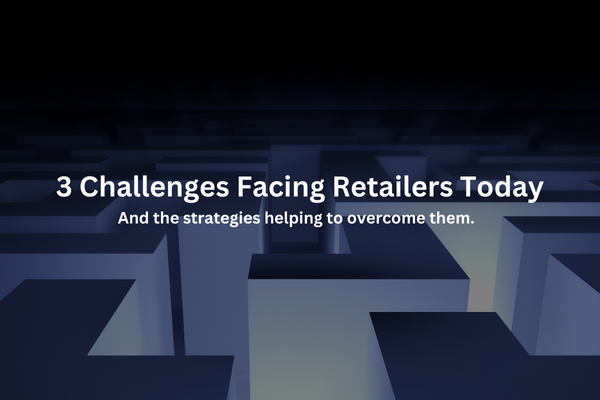Consumers’ increasing reliance on online banking has some doubting the utility of bank storefronts–why have a brick-and-mortar branch when banking services are accessible via app?
The reality is, however, that branches are still essential in a bank’s operations. Millions of people are visiting bank branches every day–and here’s why:
- Bank branches serve as billboards–a showroom for services
Banks offer a wide variety of services. Though apps allow for most simple banking services, consumers have to already be familiar with their bank and its offerings in order to use them effectively. A branch can advertise a bank’s offerings, teaching consumers about more complex services and building name recognition in the community. Frost Bank, for example, says that building branches across the city is essential in its Houston expansion, including increasing its online activity.
- There are some services that just can’t be done online
While online banking offers most simple banking transactions–cashing checks, transferring money, withdrawals–there are a number of services that just can’t be done online. Withdrawing large sums of money is challenging at ATMs, which often have limits on the withdrawal amounts. Notary services, by definition, aren’t possible online–their very purpose is to confirm your identity by having a Notary Public watch you sign a document. Loan services are best done in-person, as well as opening new accounts. What online banking gains in convenience, it loses in utility–branches are an essential part of banks’ operations.
- People want to know the people handling their money
People value the “human factor” of bank branches. Banking requires trust–these are the people handling your money, after all. Face-to-face interactions help create that trust. Opening an account, dealing with serious account troubles, dealing with large sums of money–many want to know the faces and names of the people handling their more delicate financial needs. And though many millenials trust banking apps for their transactions, many older people–who are likely to have more complex banking needs, and more money–are less trusting of online services. A branch in your neighborhood, knowing the names of the people handling your money, provides a sense of authenticity and security.









